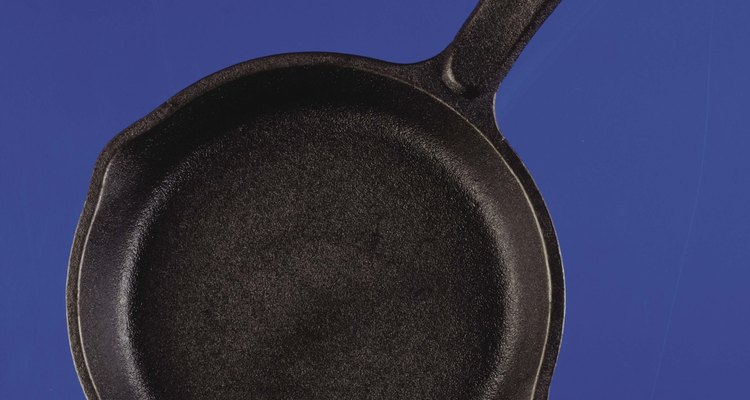
Jupiterimages/Stockbyte/Getty Images
A peroxide and baking soda cleanse is a cheap and effective way to restore your pots and pans. The combination of the two common household items is said to cut grease and remove grime even when it's been baked on for some time. The cleaning combination even has limited use on some cast iron pots and pans, but it's not recommended for everyday cleaning of those well-seasoned pans you use all the time. The mixture is better for restoring pans and cutting grease on enameled cast iron.
Seasoned Cast Iron
Seasoned cast iron pans in your current cooking rotation have a non-stick coating, often called a seasoning, that's made up of cooked-on fats and oils. This coating only builds and gets better over time. In fact, a good seasoning is the pride and joy of cast iron enthusiasts. If you use any cleansers on them, especially ones designed to cut grease, you'll ruin this coating. This means that you'd be better off skipping the baking soda and peroxide wash and instead use warm water and steel wool to remove food debris. Dry the pan with a paper towel and then coat the surface with a little bit of oil to prevent rust.
Enameled Cast Iron
Enameled cast iron doesn't need to be seasoned, so there's no oil-based surface to ruin during cleaning. Still, the enamel can be fragile. The harsh baking soda could scratch it, and scratched enamel leads to cracked enamel, which leads to a ruined pan. The best thing to do is sprinkle baking soda on the grease stains, spray peroxide on top, then sprinkle a little more baking soda. Let it all sit and work its magic overnight so it has plenty of time to dissolve the stains. Rinse everything away, then use soap and hot water on a sponge or dish cloth to wipe down the enamel surface.
Rusted Cast Iron
Baking soda and hydrogen peroxide come in handy when you're trying to restore an old, rusty cast iron pan. A paste of the mixture applied to the scrubber side of a sponge or to a steel wool cleaning pad can help remove rust and caked-on grime. Once you use the paste to clean your pan, you'll need to season it right away or it will rust again and require another cleaning.
Re-Seasoning Cast Iron
If you've used a baking soda and vinegar solution on your non-enameled cast iron pan and worn away the non-stick, seasoned coating, not all hope is lost. You'll just need to re-season it, then cook with it regularly to restore the non-stick cooking to its former glory. To re-season it, coat it lightly with oil, lard or bacon grease, then place it in an oven preheated to 250 F oven for about two hours. This will bake on a new initial coat of oil. You can also season a cast iron pan over a camp fire.
Related Articles
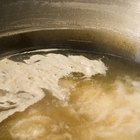
How to Use Pam to Season Cast Iron ...
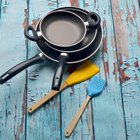
Are Teflon-Coated Pans Oven-Safe?

Directions for Cooking With Stoneware

Why Does Food Stick to a Non Stick Pan?
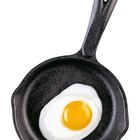
Seasoning a Pan With Potato Peels

How To Remove Fish Odor From a Cast ...

How to Refinish Cast Iron Cornstick Pans

How to Season Granite Grill Cooking ...
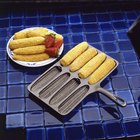
How to Cook in a Cast-Iron Corn Muffin ...
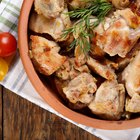
How to Cure a Clay Pot for Cooking
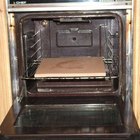
How to Make a Baking Stone

How to Clean Burnt Spills on Silicone ...
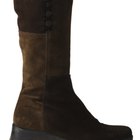
How to Use a Suede Eraser
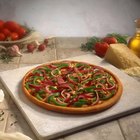
How to Cook in Ceramic Bakeware

Anodized Vs. Teflon in Cookware
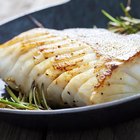
How Do I Pan Fry Fresh Fish With a ...

How to Cook With Stainless-Steel Frying ...

How to Make Pan-Seared Baked Steak

Recipes for Enameled Cast Iron Cookery
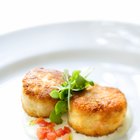
How to Cook Homemade Crabcakes in the ...
References
Writer Bio
A Jill-of-all-trades, Lillian Downey is a certified Responsible Sexuality Educator, certified clinical phlebotomist and a certified non-profit administrator. She's also written extensively on gardening and cooking. She also authors blogs on nail art blog and women's self esteem.
Photo Credits
Jupiterimages/Stockbyte/Getty Images